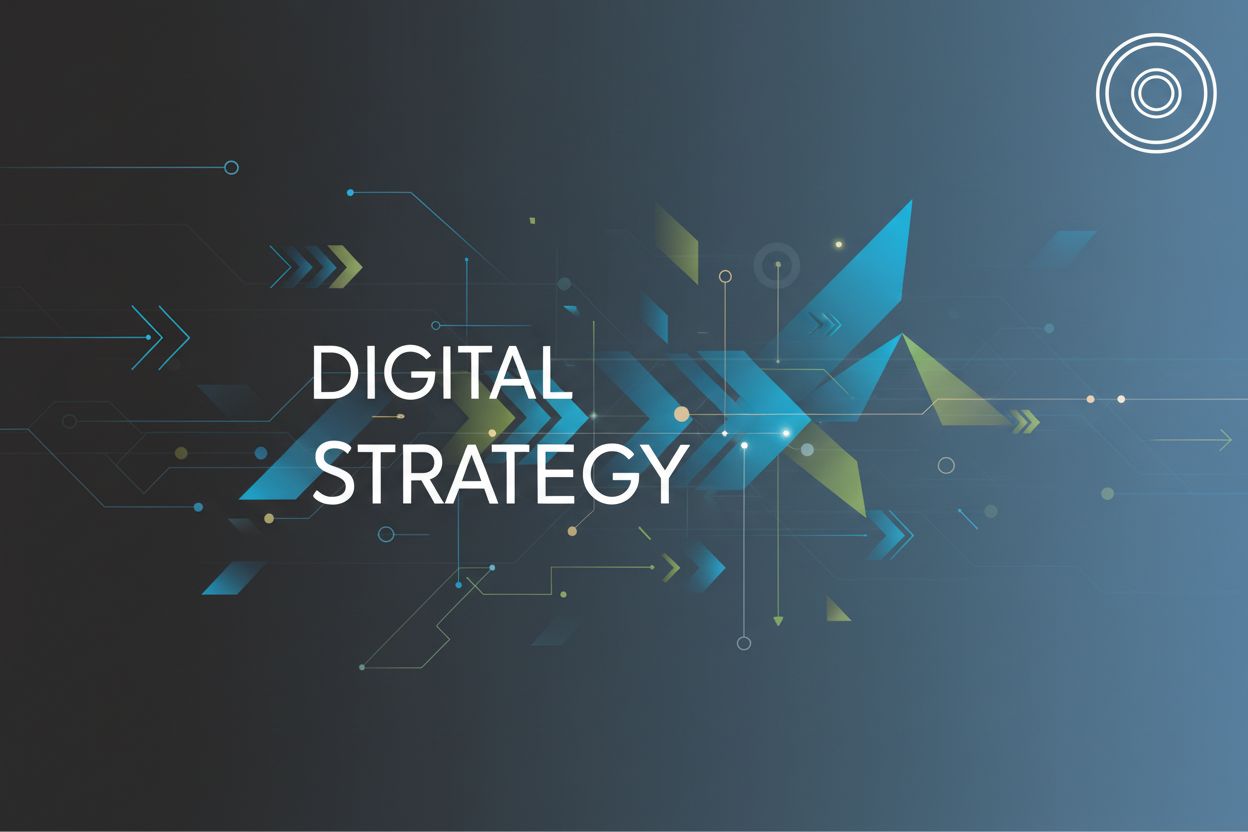Top Pay-Per-Call Marketing Strategies for Success
TL;DR
Understanding Pay-Per-Call Marketing
Alright, let's dive into pay-per-call marketing. Ever wonder how those "we buy houses" ads really work? Well, often, it's pay-per-call in action. It's like performance-based marketing but for phone calls, and it's gaining traction.
Pay-per-call is a strategy where businesses pay only for qualified calls from potential customers. Think of it as buying leads, but instead of an email address, you're getting a direct line to someone with interest.
- Businesses partner with publishers (affiliates) who run ads featuring trackable phone numbers.
- When someone calls that number, the call is routed to the business, and if it meets certain criteria (length, lead quality), the publisher gets paid.
- It's a win-win: businesses get leads, and publishers get paid for real interest.
It's all about results, right? Pay-per-call offers some compelling advantages.
- Better Leads: People calling in are usually further along in the buying process. Yep Ads notes that phone leads convert faster and have better customer lifetime value than web forms (Phone Calls vs. Online Forms in 2024: Who Drives More Leads?).
- ROI: You're only paying for actual calls, cutting out wasted spend on spam or unqualified leads.
- Mobile: With more people searching on their phones, it's a killer way to connect. (How Smart Technology Is Outsmarting Criminals | BU Today)
What makes a call "qualified" can vary, but generally, it means the caller fits your ideal customer profile and has a genuine need for your product or service. Criteria often include:
- Call duration: A minimum length ensures the conversation wasn't just a wrong number or a quick hang-up.
- Caller intent: Did they ask about pricing, book an appointment, or express a clear need?
- Geographic location: Is the caller within your service area?
- Not a competitor or spam: Filtering out unwanted calls is crucial.
Think of pay-per-call as another tool in your digital toolbox. It's not a replacement for everything else, but it can be a powerful addition. You can use data from these campaigns to get smarter about your overall strategy.
So, what's next? We'll explore some top strategies to make pay-per-call really sing.
Top Pay-Per-Call Marketing Strategies
Pay-per-call marketing—is it just another flash in the pan? Nah, not really. It's more like a solid strategy that's finding new life in our mobile-obsessed world. I mean, who doesn't have their phone glued to their hand these days?
Think about it: most people are browsing on their phones. (Internet Traffic from Mobile Devices (July 2025) - Exploding Topics) So, your landing pages gotta to be mobile-friendly, or you're just losing out. Make sure it's easy to navigate and fast-loading.
- Click-to-call buttons are a must-have. Seriously, make it brain-dead simple for someone to call you. Slap that button front and center so they don't have to search.
- Call-only ads are pretty neat too. They cut right to the chase, targeting mobile users directly with an ad that only lets them call. These ads are displayed specifically on mobile devices and, when tapped, initiate a phone call directly from the ad itself, bypassing the need for a website visit. This streamlines the user experience for immediate action.
Relying on just one channel is like betting your whole paycheck on a single horse – risky! You wanna spread things out.
- Diversify across paid search, organic search, and social media. Each channel brings in different types of leads. Paid search is quick, organic takes time, and social can be a goldmine if you do it right.
- Don't forget things like email marketing, video ads, and retargeting. Email can nurture leads, video grabs attention, and retargeting brings back those who almost converted.
- And hey, integrate pay-per-call with your content marketing strategy. Write blog posts that naturally lead to a phone call, or create content that encourages people to reach out for more info.
Keywords are like the breadcrumbs that lead people to your door. Use the right ones, and you'll attract the right crowd.
- Keyword Research: Start by understanding what your potential customers are searching for. Tools like Google Keyword Planner can help you find relevant terms.
- High-Intent Keywords: Focus on phrases like "near me" and "service + location" (e.g., "plumber near me," "emergency dentist downtown"). These show immediate need. Also, target keywords indicating purchase intent, such as "best price," "emergency service," or "quote for [service]."
- Ad Copy Optimization: Leverage seo copywriting techniques to boost your ad performance. This means:
- Matching Keywords: Ensure your ad headlines and descriptions directly include the keywords users are searching for.
- Benefit-Driven Language: Highlight what makes you the best choice – speed, expertise, affordability.
- Clear Call to Action: Explicitly tell people to call now for a free quote or consultation.
- Urgency and Scarcity: Use phrases like "limited spots available" or "call today for a discount."
Don't hide your phone number—shout it from the rooftops! Or, you know, at least put it in your ads.
- Implement call extensions in your ad campaigns. These add your phone number right to your ad, making it super easy for people to call.
- And, add location extensions to target local customers. This shows people you're right in their neighborhood, which can really boost trust.
- Make sure your contact info is always visible and accessible. No one wants to hunt for a phone number.
Social media isn't just for cat videos and political rants. It's also a solid place to find leads.
- Use "Call Now" buttons on your social media ads. It's a simple way to get people dialing.
- Target social media users based on demographics and interests. Know who you're trying to reach? Great! Target them specifically.
- Leverage Social Media Trends: Stay updated on what's popular. For example, if there's a trending challenge related to home improvement, create a short video ad with a "Call Now" button offering a discount on related services. Or, if a particular holiday is approaching, run a campaign with a seasonal offer and a call-to-action to book an appointment. The key is to be timely and relevant to what people are already talking about.
Pay-per-call is definitely not a set-it-and-forget-it kind of deal. It's more like a living, breathing thing that needs constant attention.
Industry-Specific Approaches to Pay-Per-Call
Alright, so, pay-per-call and different industries? It's not one-size-fits-all, that's for sure. Think about it: someone needing a lawyer isn't the same as someone price shopping for insurance, right?
Home Services: Plumbing, hvac, pest control—these folks need local targeting, stat. "Fix my AC now!" kinda urgency.
- Dentists: "Emergency dentist near me," "toothache relief," or "schedule a cleaning." Calls often seek immediate appointments or information about services like cosmetic dentistry.
- Specialists (e.g., Cardiologists, Dermatologists): "Cardiologist appointment," "skin rash consultation," or "find a specialist for [condition]." Calls focus on booking consultations for specific medical needs.
- Hospitals: "Find a doctor," "urgent care hours," or "patient information line." Calls are often for general inquiries, finding specific departments, or seeking directions.
- Seasonal Deals: For example, a plumbing company might run a "Spring Leak Detection Special" promoted via pay-per-call ads, offering a discounted service for a limited time.
Legal Services: Gotta have that geographical targeting, and a strong call to action. Free consults are the way to go, building that trust.
- Personal Injury Lawyers: "Car accident lawyer," "slip and fall attorney," or "free injury consultation." Calls are typically urgent and seeking immediate legal advice after an incident.
- Family Lawyers: "Divorce lawyer," "child custody attorney," or "legal separation advice." Calls often involve sensitive personal matters and require a compassionate approach.
- Criminal Defense Attorneys: "DUI lawyer," "arrested for [crime]," or "criminal defense consultation." Calls are often from individuals in immediate legal distress.
Healthcare Services: Highlighting the expertise is key, and you know, respecting patient privacy. Easy access to consultations? Total win.
Basically, it's all about tailoring the approach! Next, we'll get into how to measure all this stuff and make sure it's actually working.
Measuring Success and Optimizing Campaigns
So, you're running pay-per-call campaigns, huh? Cool, but how do you know if it's actually working? It's not just about the calls, its about what happens afterwords.
- Track everything: Call volume is just the start. You gotta know conversion rates, cost per lead, the whole shebang. Are those calls actually turning into customers, or are people just dialing and hanging up?
- Quality matters, not just quantity. Are callers happy, or are they complaining? High caller satisfaction often translates to better business outcomes, like increased customer retention, repeat business, and positive online reviews.
- A/B test everything. Different ad creatives? Landing pages? Call to actions? test it all, then test it again.
Lead distribution software can automate lead routing and matching. Saving you time and boosting your conversion rates, cause no one wants to be waiting around.
The Future of Pay-Per-Call: Trends and Innovations
Pay-per-call ain't dying, it's evolving! ai and automation? think smarter targeting.
- ai can analyze call data, but it also helps qualify leads automatically.
- New platforms? voice search and smart devices.
- Adapt; consumer behavior's always changing, after all.




